12 Ways Oil Could Reach $100 a Barrel by 2020
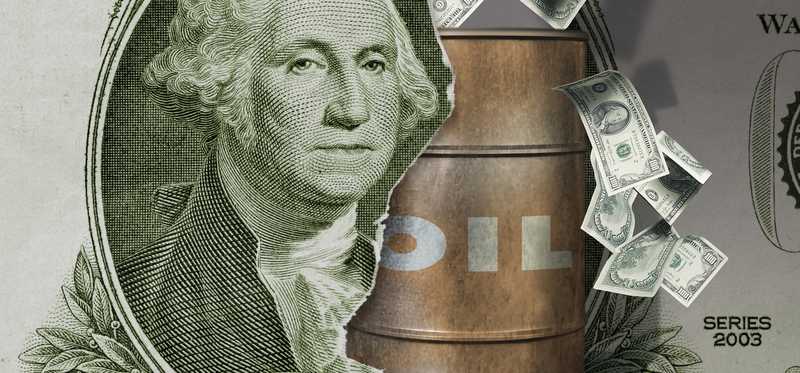
12 Ways Oil Could Reach $100 a Barrel by 2020
What could send it back to triple digits?
Oil prices have been blistering hot over the past year,
rising more than 50% to top $80 a barrel at one point. No one factor fueled
that rally. Instead, a series of supply disruptions hit at a time when OPEC
agreed to curb its output, which combined to drive crude prices higher since
demand was also red
hot. Likewise, it’s unlikely that one factor alone would push oil back into
the triple digits. However, with several potential issues looming under the
surface, crude has many possible paths that could come together and take it
back above $100 a barrel by 2020.
Previous
Next

OPEC doesn’t pump at full throttle
In late 2016, the members of OPEC, as well as several
non-member nations, agreed to curb their output by 1.8 million barrels per day (BPD)
for six months to help drain off the glut of supplies sitting in storage tanks
around the globe. The partners extended that agreement twice before deciding
in June to add 1 million BPD back to the global supply, which had been
under pressure due to production problems in Canada, Libya, Nigeria, and
Venezuela. While OPEC has further room to boost output in the future, there are
no guarantees it will pump more even if crude bumps up closer to $100 a barrel.
ALSO READ: Apparently, OPEC Might Not Be About to Boost Production to Tamp Down Oil Prices
Previous
Next

Continued underinvestment in new supply
The
downturn in the oil market that began in late 2014 has had a significant
impact on investment spending. According to industry consultant Woods
Mackenzie, the plunge in oil prices has cut $1 trillion out of oil company
spending plans from 2015 through 2020. That capex reduction is already causing
output in countries like Mexico, China, and Angola to decline. While capital
spending has been heading higher along with oil prices in the past year, the
continued lack of investment in large long-term projects like deepwater and oil
sands facilities could
impact supply growth in the coming years, putting upward pressure on prices
to incentivize producers to invest more money.
Previous
Next
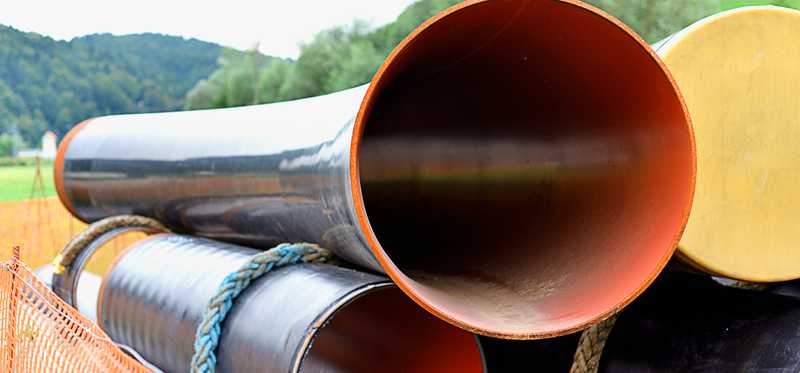
Infrastructure constraints hold back growth
Environmental concerns have caused increased opposition to
new pipelines in the U.S. and Canada, which has stalled several much-needed
projects. These delays recently led U.S. pipeline giant Kinder Morgan to sell
its controversial Trans Mountain pipeline expansion project in Western Canada
to the Canadian Government, which plans to find new buyers willing to
take on the risks of building this project. Meanwhile, fast-paced
production growth in the U.S. is on pace to overwhelm
pipeline capacity in the Permian Basin. These infrastructure constraints
have forced oil companies in both regions to slow their growth rate until new
pipelines come online, which might not happen for a couple of years.
Previous
Next

Shareholders force oil companies to hold back spending
Most analysts thought that oil companies in the U.S. would
ramp investment spending along with oil prices. Instead, oil companies have
kept a firm lid on their budgets in 2018, with most opting to reward their
shareholders by returning the excess cash they’re generating to them via higher
dividends and share buybacks. If this trend continues, it will cause production
to grow at a slower pace in the future, which might impact the industry's
ability to meet steady demand growth.
Previous
Next
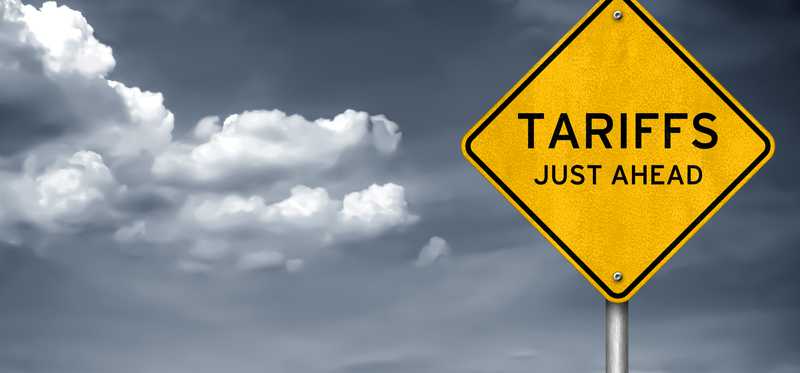
Steel tariffs start impacting plans
The
Trump Administration imposed tariffs on steel earlier this year to
provide a boost to U.S. producers. However, the tariffs are having a
negative impact on steel consumers, including the U.S. oil industry. Oil giant ConocoPhillips noted
that it had experienced a “significant increase” in costs due to the tariffs,
with prices for steel used in pipes, valve fittings, and other equipment rising
26% since the start of the year. Meanwhile, oil pipeline giant Plains
All American Pipelines noted that the tariffs had added $40 million to
the cost of a new pipeline it’s building in the Permian Basin. These tariffs
could force companies in the country to reevaluate their plans for new wells
and pipelines, which might impact future oil supplies.
ALSO READ: Pipeline Stocks and American Steel Tariffs: What Investors Need to Know
Previous
Next
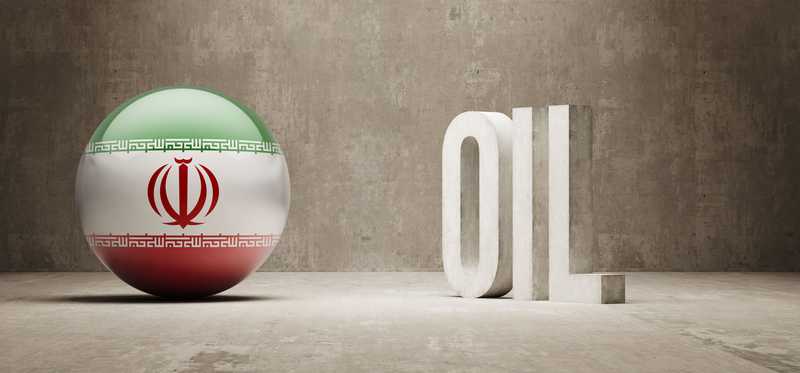
The U.S. gets cooperation on its Iranian sanctions
In May, the Trump administration said that it would impose “powerful”
new sanctions on Iran, which includes preventing it from exporting oil. Many
analysts believe that the U.S. will only be able to prevent Iran from shipping
between 500,000 to 1 million BPD, which is a manageable amount for the oil
market to cover with other supplies. However, if the U.S. can get all countries
to comply with its sanctions and totally shut Iran out of the oil
market, it could remove up to 2.5 million BPD from global supplies. That would
be much tougher for the market to handle and could
cause crude prices to spike as much as $50 a barrel according to an
analysis by Bank of America Merrill Lynch.
Previous
Next

Someone chokes off the flow of oil
Roughly
60% of the oil produced each day travels on a tanker to its eventual
destination. While those tankers spend most of their time on the open seas,
they do have to move through some tight spots along the way known as “choke
points.” If something (a major natural disaster, military conflict,
terrorists, or pirates) shuts down one of these key travel routes for an
extended period, it could cause a significant spike in crude oil.
The biggest choke point is the Strait of Hormuz, which is the key shipping
lane out of the Persian Gulf. Iran has recently threatened to choke off this
shipping lane -- which moves 35% of all oil transported by sea -- if the U.S.
locks it out of the oil market, making it a key one to watch.
Previous
Next
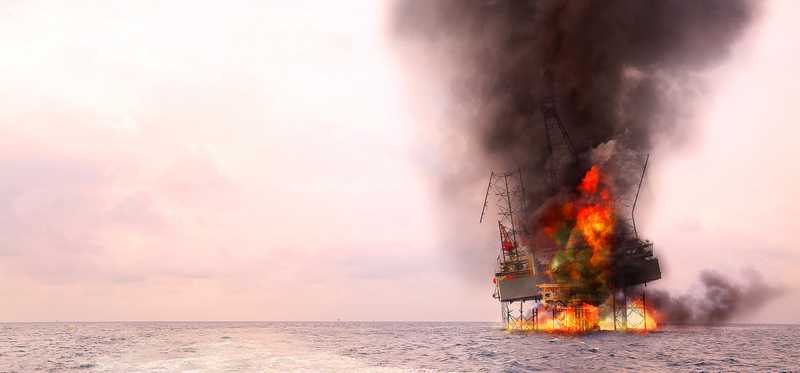
Geopolitical hot spots heat up
One
of the reasons the oil market tightened quicker than expected this year was due
to supply issues in places like Libya and Nigeria as a result of their
continued internal turmoil. Oil output in Libya has ebbed and flowed as
regional conflicts flared up and then cooled down. Military clashes in the
country, for instance, forced its national oil company to halt exports from
several ports at one point, which kept as much as 850,000 BPD offline.
Meanwhile, militant violence in Nigeria has impacted output from that country
in recent years. If those or other hotspots flare up and take a significant
portion of the world's oil output offline at the wrong time, it could cause
crude prices to spike.
Previous
Next

Venezuela implodes
Oil
production in Venezuela has tumbled 23% in the past year due to the country’s
worsening economic crisis, which has prevented it from investing enough capital
to maintain its equipment. That underinvestment could cause its output to fall
another 500,000 BPD in the coming months, which would push it down below 1
million BPD. However, that fall could be even worse if the country goes into
complete turmoil. As an assassination attempt on its President in early August
shows, the nation is on the brink of an all-out civil war. If that happens, it
could cause oil output to dry up completely, which would send shockwaves
throughout the oil industry.
Previous
Next
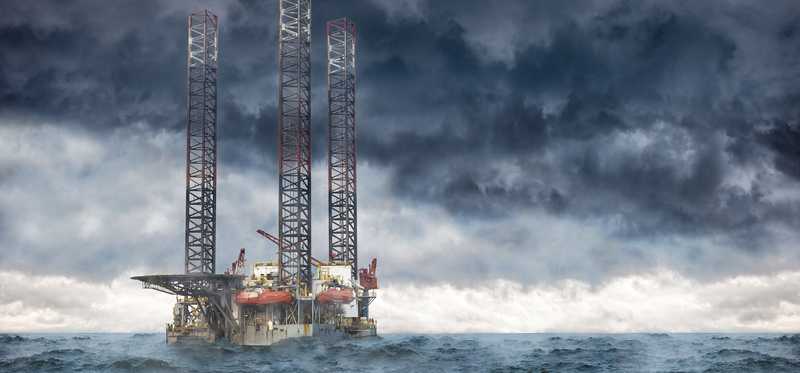
Natural disasters take oil off the market
Natural
disasters can have a big impact on oil supplies. In 2016, for
example, wildfires ravaged western Canada and threatened several
oil sands facilities in the area. That forced oil producers to
temporarily shut down many production sites, which at its peak removed 1.1
million BPD of oil from the global market. Meanwhile, Hurricane Harvey took 22%
of the oil production in the Gulf of Mexico offline last year. While both
events proved to be a temporary disruption, a direct hit on
a major oil-producing region by a devastating natural disaster could
have a significant, long-term impact on supplies and the price of crude.
Previous
Next
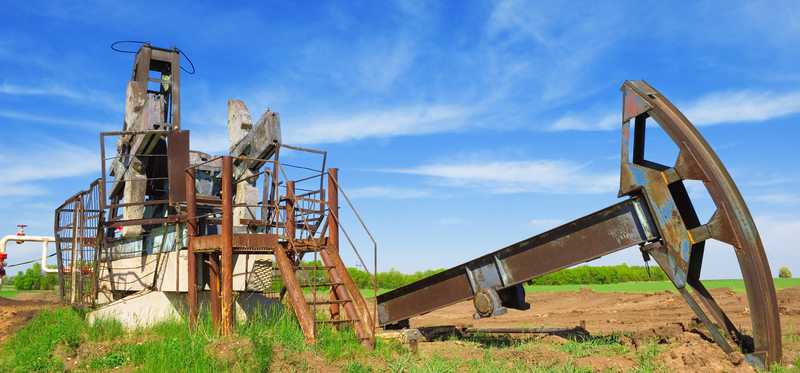
A major mechanical failure
In late June, Syncrude Canada -- which is majority-owned
by Suncor Energy -- reported that a tripped power
transformer caused the
complete shutdown of the complex, taking its 360,000 BPD of output
online for several weeks. That outage resulted
in 10% of Canada’s supply going offline, causing oil prices in the U.S. to
spike more than $10 a barrel, which shows just how much one mechanical problem
can impact the oil industry. If a similar malfunction of
another large oil producing facility or export pipeline comes at the
wrong time, it could be the catalyst that pushes crude over the $100 a barrel
threshold.
Previous
Next

Demand growth accelerates
The
International Energy Agency currently expects that oil demand will grow by 1.4
million BPD in 2018 and 2019, which puts it on pace to exceed the 100 million
BPD level by the end of this year. Driving that view is the continued expansion
of the global economy. While it’s possible that higher oil prices and an
escalating trade war between the U.S. and China that started with steel tariffs
could cause demand to slow down, a quick end to that dispute could
re-accelerate the global economy, which would likely take demand up with it.
Unexpectedly higher demand at a time when supplies are tight could also help
push crude prices back into the triple digits.
Previous
Next
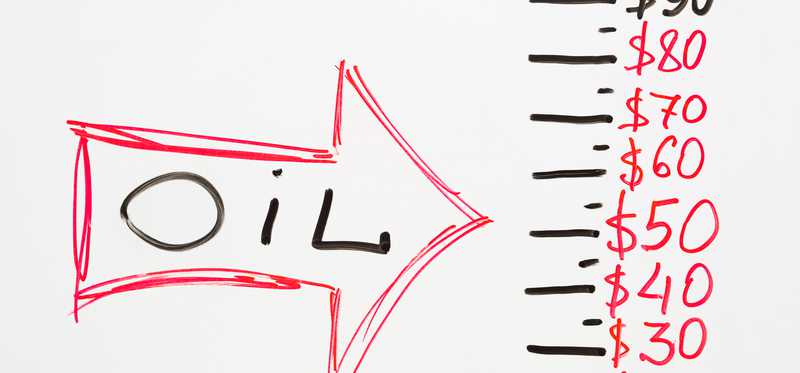
The focus has shifted from how low will oil go to how soon might it reach $100
Not more than two years ago the world was overflowing with oil, which caused the price of crude to crash into the $20s. However, the emergence of several supply issues, when combined with growing demand, has sent crude prices much higher than anyone expected. Because of that, there’s a growing risk that oil could once again top $100 a barrel in the coming years since there are at least a dozen ways it could get there. That’s why investors should seriously consider adding some oil stocks to their portfolio so that they can profit from the potential return of triple-digit crude.
Matthew DiLallo owns shares of ConocoPhillips and Kinder Morgan. The Motley Fool owns shares of and recommends Kinder Morgan. The Motley Fool has a disclosure policy.
Previous
Next
Invest Smarter with The Motley Fool
Join Over Half a Million Premium Members Receiving…
- New Stock Picks Each Month
- Detailed Analysis of Companies
- Model Portfolios
- Live Streaming During Market Hours
- And Much More
READ MORE
HOW THE MOTLEY FOOL CAN HELP YOU
-
Premium Investing Guidance
Market beating stocks from our award-winning service
-
The Daily Upside Newsletter
Investment news and high-quality insights delivered straight to your inbox
-
Get Started Investing
You can do it. Successful investing in just a few steps
-
Win at Retirement
Secrets and strategies for the post-work life you want.
-
Find a Broker
Find the right brokerage account for you.
-
Listen to our Podcasts
Hear our experts take on stocks, the market, and how to invest.
Premium Investing Services
Invest better with The Motley Fool. Get stock recommendations, portfolio guidance, and more from The Motley Fool's premium services.